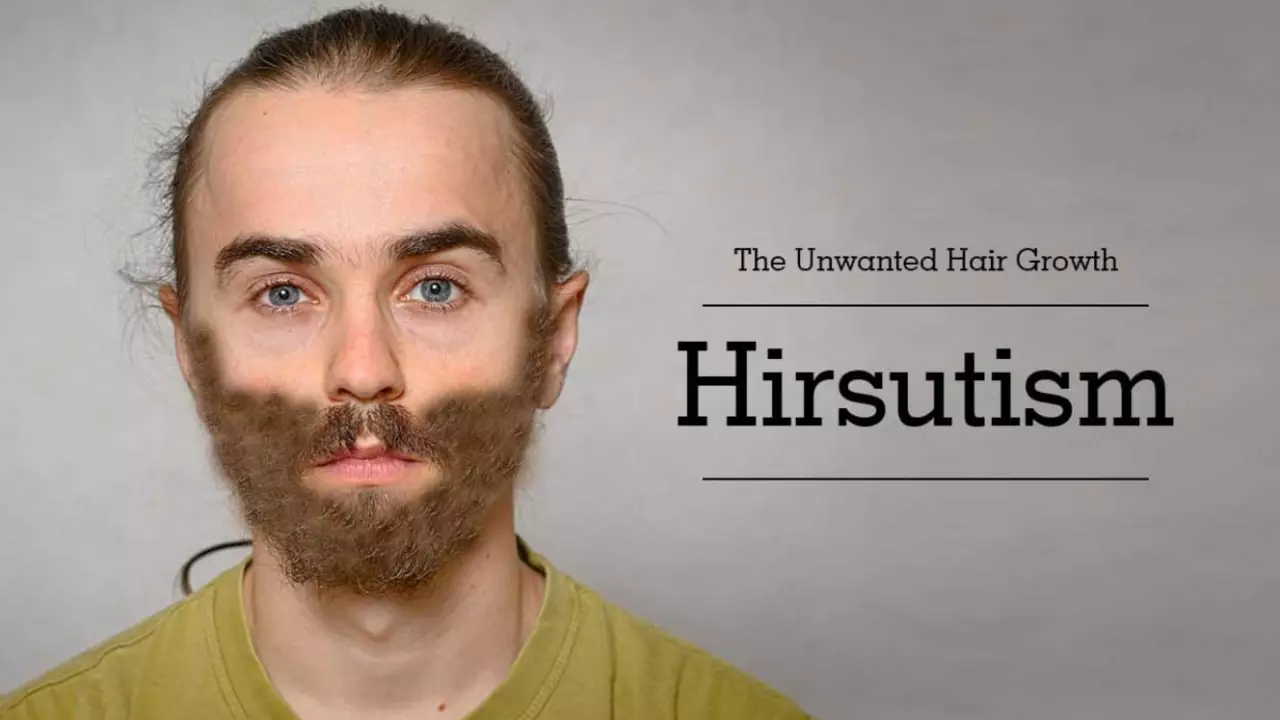Excessive hair growth (hirsutism): what it is and what to do
Notice new dark, coarse hair on your chin, chest, or back? That could be hirsutism — excess hair growth in a typically male pattern caused by higher androgen activity or other issues. It’s common, treatable, and doesn’t always mean something serious, but the cause guides the best approach.
Start by asking a few simple questions: when did it start, how fast did it appear, and are there other changes like irregular periods, acne, voice deepening, or sudden weight gain? Rapid onset or any signs of virilization need faster evaluation.
Common causes and how they’re checked
Most cases stem from Polycystic Ovary Syndrome (PCOS), where higher androgens cause gradual, patterned hair. Other causes include congenital adrenal hyperplasia, Cushing’s syndrome, certain medications (anabolic steroids, danazol, some immunosuppressants), and rare adrenal or ovarian tumors. Even genetics and family background matter: some people naturally have denser body hair.
Doctors usually start with blood tests: total and free testosterone, DHEA-S, TSH, prolactin, and sometimes 17-hydroxyprogesterone or fasting glucose/insulin if PCOS is suspected. A pelvic ultrasound helps spot polycystic ovaries. If tests point to an adrenal problem, imaging or endocrine referral may follow.
Treatment options you can expect
Short-term hair control is straightforward: shaving, trimming, bleaching, waxing, and depilatory creams work immediately. For longer results try laser hair removal (good for dark hair) or electrolysis (permanent but slower). These reduce regrowth but usually need several sessions.
Medical treatments target the hormone source. Combined oral contraceptives lower ovarian androgen production and help many people. Anti-androgens like spironolactone block androgen effects—expect gradual improvement over 3–6 months. Finasteride is another option for some people but needs pregnancy prevention due to fetal risks. Topical eflornithine cream slows facial hair growth and pairs well with removal methods for quicker visible results.
If PCOS is the reason, lifestyle changes and sometimes metformin can help with insulin-related effects that worsen hair growth. If testing finds an adrenal or ovarian tumor, surgery or specialist care may be needed.
Practical tips: be patient—medical treatments take months to show change. Always use reliable contraception if you’re on anti-androgens. Talk with a dermatologist or endocrinologist about laser or medication side effects. Keep photos or a simple hair map to track progress.
If hair appeared suddenly, grows quickly, or you have virilizing signs (deepening voice, clitoral enlargement, sudden muscle gain), see a doctor promptly. For slow, bothersome hair, start with a primary care visit or a dermatologist to plan tests and a treatment that fits your goals and lifestyle.
Hirsutism in Women: What Are the Common Causes?
Hirsutism in women is a condition where excessive hair growth occurs in areas typically associated with male hair growth patterns. The most common cause is a hormonal imbalance, often resulting from Polycystic Ovary Syndrome (PCOS). Other potential causes include certain medications, adrenal gland disorders, or an inherited genetic trait. It's essential to consult with a healthcare professional for proper diagnosis and treatment, as managing the underlying cause can help improve the symptoms. Remember, you're not alone, and there are many resources and support systems available for those dealing with hirsutism.

